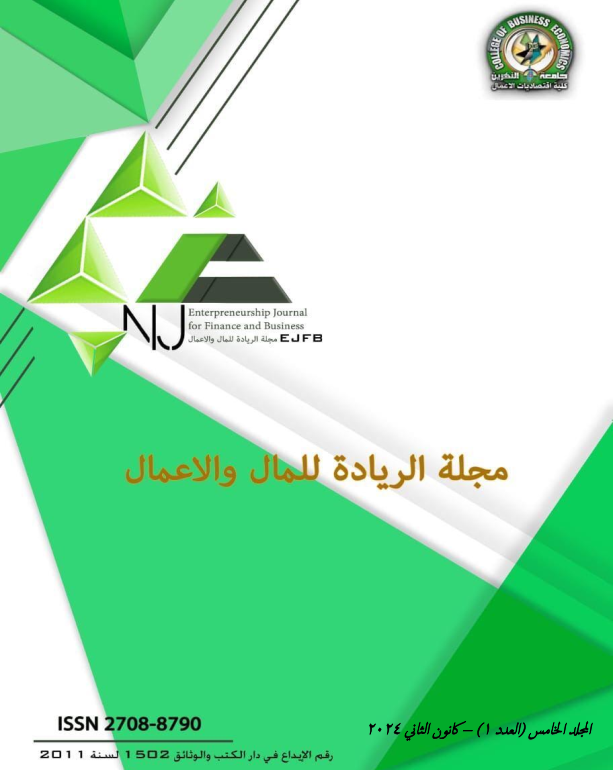Evaluating the Performance of the Iraqi Economy Using the Kaldor Square: An Analytical Study for the Period (1991-2021)
DOI:
https://doi.org/10.56967/ejfb2024366Keywords:
Kaldor Square, Growth Rate, Inflation, Trade Balance, UnemploymentAbstract
The research evaluated the performance of the Iraqi economy for the period 1991-2021, and the extent of the success of the fiscal and monetary policies in achieving the desired goals, by analyzing the developments that occurred in the main macroeconomic variables included in the Kaldor square (economic growth rate, foreign trade balance, inflation rate, Unemployment rate), and an attempt to determine the causes of these developments and the circumstances surrounding them, and then compare them with the optimal goals specified in the Kaldor square to show the extent to which they have been achieved. The research was based on the hypothesis that the macroeconomic performance in Iraq during the aforementioned period is far from the possibility of achieving the combined goals of the Kaldor square, and even if they were partially achieved, they would not be economically meaningful. To complete the research steps, the descriptive analytical method was adopted to study and analyze the developments that occurred in the variables under study. Among the challenges that the researcher faced during the study was the scarcity or inaccuracy of data related to the case study. The researcher reached a number of conclusions, the most prominent of which was proving the validity of the research hypothesis. The most prominent recommendations were the necessity of diversifying the economy and reducing dependence on oil, as well as reconsidering the central bank’s policy to achieve price stability by taking the competitiveness of local products into account.
Downloads
Downloads
Published
How to Cite
Issue
Section
License
Copyright (c) 2024 جعفر عبد الأمير الحسيني

This work is licensed under a Creative Commons Attribution 4.0 International License.
This is an Open Access article distributed under the terms of the creative commons attribution (CC BY) 4.0 international license which permits unrestricted use, distribution, and reproduction in any medium or format, and to alter, transform, or build upon the material, including for commercial use, providing the original author is credited.






